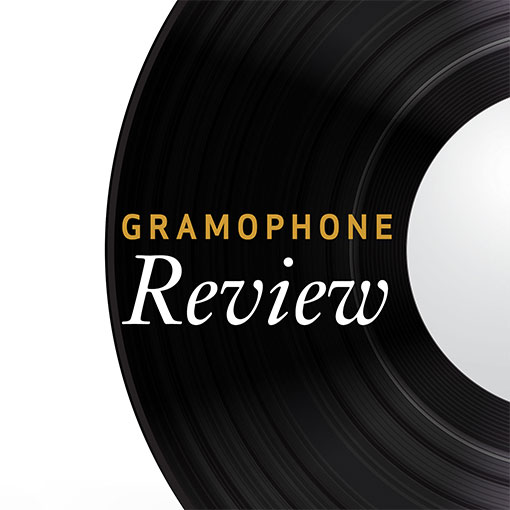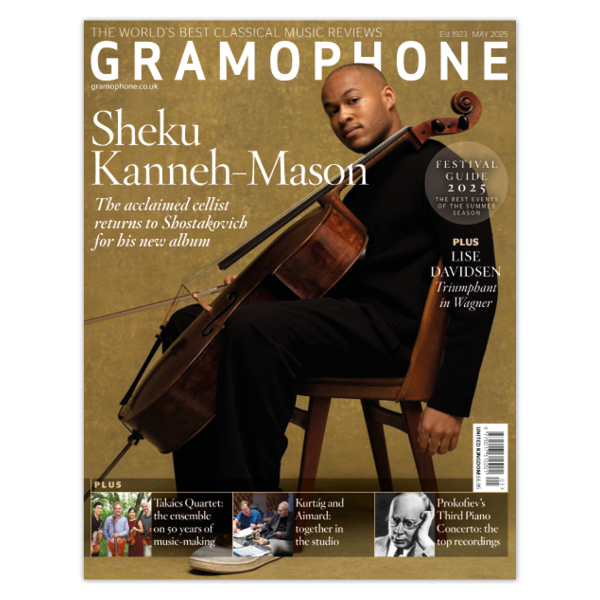Stamitz/Dittersdorf/Haydn Sinfonia Concertantes
View record and artist detailsRecord and Artist Details
Composer or Director: Joseph Haydn, Carl Ditters von Dittersdorf, Carl (Philipp) Stamitz
Label: Discover International
Magazine Review Date: 12/1995
Media Format: CD or Download
Media Runtime: 58
Mastering:
DDD
Catalogue Number: DICD920274

Tracks:
| Composition | Artist Credit |
|---|---|
| Sinfonia Concertante |
Carl (Philipp) Stamitz, Composer
Carl (Philipp) Stamitz, Composer Prague Virtuosi Rudolf Krecmer, Conductor |
| Sinfonia Concertante for Viola, Double-bass and Or |
Carl Ditters von Dittersdorf, Composer
Carl Ditters von Dittersdorf, Composer Prague Virtuosi Rudolf Krecmer, Conductor |
Author: Stanley Sadie
It goes without saying, perhaps, that next to Haydn's London Sinfonia concertante of 1792 the works by Carl Stamitz, Johann's son, and Dittersdorf seem a shade slender. But the disc is quite interesting as the three pieces represent distinct approaches to the genre. Such a work as Stamitz's – though not this work itself, which surprisingly is slightly later – could have served as the spur to Mozart in writing his K364 for the same combination. The invention, here, however, is relatively routine and Stamitz uses simple dialogue that does not exploit the instruments' different voices in the way Mozart does; and he depends too heavily on writing for the solo instruments in thirds. That is especially true in the central ''Romance'', which is rather four-square and predictable. The finale is a simple ''Rondeau''.
The Dittersdorf, as perhaps the combination of instruments predicates, is not a true double concerto but more like a four-movement symphony with concertante parts. There is a sonata-form first movement, with repeats, an Andantino which is largely a viola melody with double-bass accompaniment, a minuet with a trio featuring the soloists, and a lively finale incorporating passages for the soloists that are apt to conjure up the image of a polar bear dancing with an elephant. But at various points elsewhere these disparate soloists even manage to play in thirds, although inevitably the effect is a bit gruff. Haydn's work, with its highly symphonic manner and its integration of the soloists into the orchestral fabric, not to mention its unconventional recitative passages in the finale, has not much in common with the traditional sinfonia concertante. This has a spirited and generally sympathetic performance, well judged in tempo and texture, although here and there I can imagine subtler or more elegant phrasing.
The Stamitz and Dittersdorf receive assured and confident solo playing. There is firm orchestral support and any problems of balancing the sound in the multiple concertos are happily solved. The booklet-note is poorly informed and unhelpful.'
The Dittersdorf, as perhaps the combination of instruments predicates, is not a true double concerto but more like a four-movement symphony with concertante parts. There is a sonata-form first movement, with repeats, an Andantino which is largely a viola melody with double-bass accompaniment, a minuet with a trio featuring the soloists, and a lively finale incorporating passages for the soloists that are apt to conjure up the image of a polar bear dancing with an elephant. But at various points elsewhere these disparate soloists even manage to play in thirds, although inevitably the effect is a bit gruff. Haydn's work, with its highly symphonic manner and its integration of the soloists into the orchestral fabric, not to mention its unconventional recitative passages in the finale, has not much in common with the traditional sinfonia concertante. This has a spirited and generally sympathetic performance, well judged in tempo and texture, although here and there I can imagine subtler or more elegant phrasing.
The Stamitz and Dittersdorf receive assured and confident solo playing. There is firm orchestral support and any problems of balancing the sound in the multiple concertos are happily solved. The booklet-note is poorly informed and unhelpful.'
Discover the world's largest classical music catalogue with Presto Music.

Gramophone Digital Club
- Digital Edition
- Digital Archive
- Reviews Database
- Full website access
From £8.75 / month
Subscribe
Gramophone Full Club
- Print Edition
- Digital Edition
- Digital Archive
- Reviews Database
- Full website access
From £11.00 / month
Subscribe
If you are a library, university or other organisation that would be interested in an institutional subscription to Gramophone please click here for further information.





